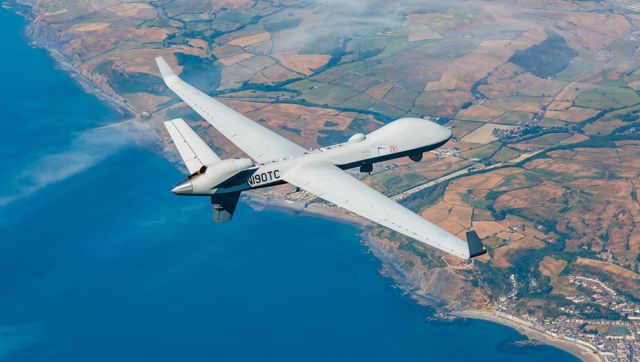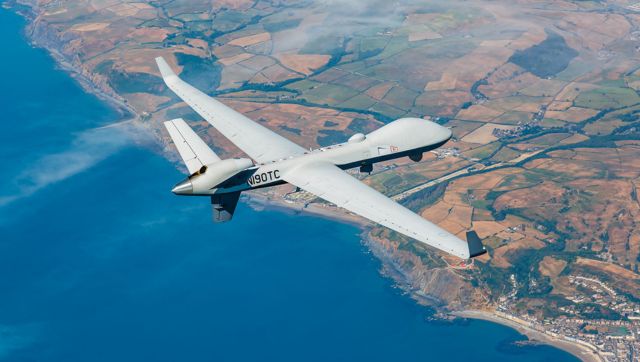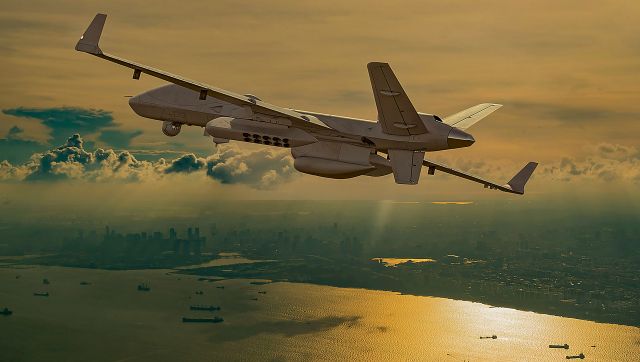Two swarms of autonomous unmanned aerial vehicles (UAVs) engaged each other in a simulated battle , staged at a military test facility, in what was perhaps the first aerial display of its kind.
The exercise was conducted by Georgia Tech Research Institute and the Naval Postgraduate School of the US Navy. The exercise was meant to test two swarms of 10 Zephyr aircraft each, but two of the drones malfunctioned making it an 8 vs 10 engagement. The aircraft had identical appearances, but the logic, approaches for collaboration and communications software were developed independently by the two institutions.
Wi-Fi systems on board the aircraft allowed them to communicate with each other and a ground based station. The aircraft were not equipped to actually shoot each other, but a computer was used to decide when any aircraft could have successfully attacked another. Charles Pippin, a senior research scientist at the Georgia Tech Research Institute said “Both teams were trying to solve the same problem of flying a large swarm in a meaningful mission, and we came up with solutions that were similar in some ways and different in others.”
Combined with machine learning algorithms, autonomous swarms of weaponised drones could evolve entirely novel tactics that would not have been possible on manned aircraft, considering the limits to which a human body can be pushed. The computation power can be used to track dozens of adversaries at a time, a capability beyond human pilots.
On 10 January, 2017, the Pentagon successfully tested a swarm of micro drones . The United Nations has agreed to formulate international regulations for lethal autonomous weapons systems (Laws).


)




)
)
)
)
)
)
)
)